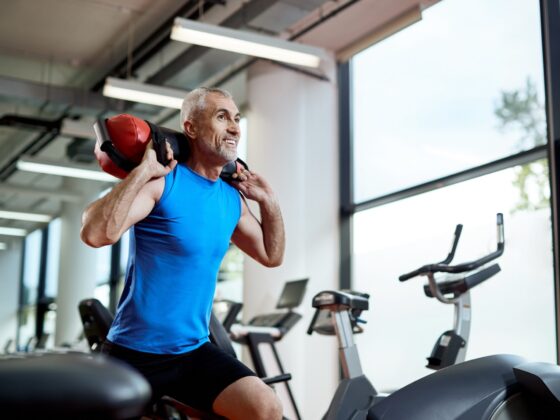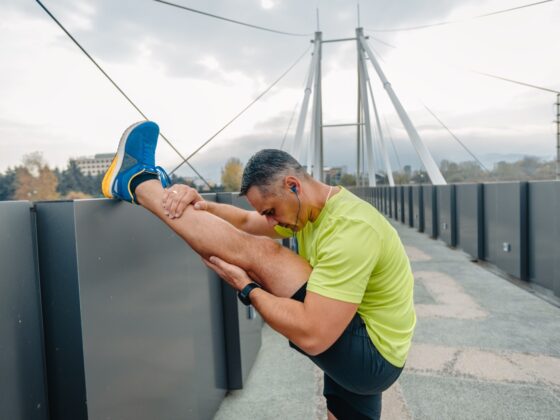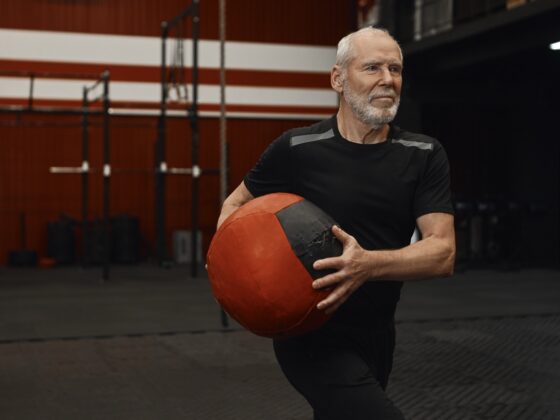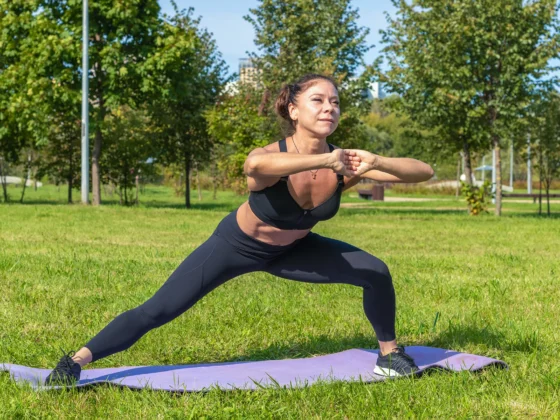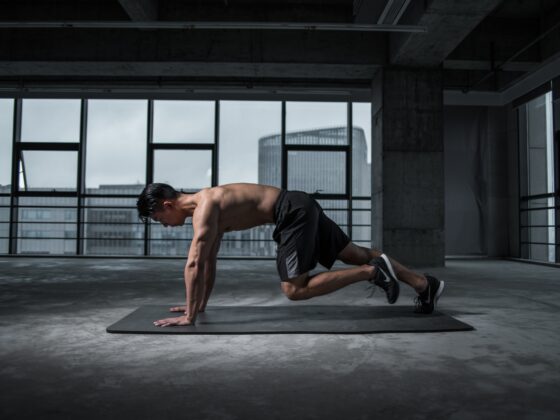And why optimizing for it might be the highest-ROI biohack you can do.
Aging Isn’t What’s Slowing You Down. Losing Muscle Is.
Let’s set the record straight: at 50, you’re not old. But your body is at an inflection point.
Right now, you’re either actively maintaining and building muscle—or you’re losing it. There is no middle ground.
And if you’re losing it, it’s not just a strength issue. It’s a metabolic, hormonal, and neurological disaster.
- Your muscle is a glucose sink. Lose muscle, and you become more insulin-resistant. That’s why muscle loss is tied to skyrocketing rates of Type 2 diabetes—even in people who “eat clean.”
- Muscle contraction is a direct stimulus for testosterone and growth hormone. The less you train, the less anabolic signaling your body gets. That’s why guys who “take it easy” at 50 feel sluggish, soft, and mentally foggy.
- Muscle protects your brain. Resistance training has been shown to increase BDNF (brain-derived neurotrophic factor), which supports cognitive function, memory, and neuroplasticity. That’s longevity insurance.
- More muscle = better fat oxidation. Your metabolism isn’t doomed after 50. It’s just under-stimulated. The more muscle you carry, the more efficiently your body burns stored fat for fuel.
And yet… most people in their 50s aren’t training for strength at all.
They’re doing cardio. They’re counting macros. They’re using a standing desk and calling it movement.
That’s not going to cut it.
The standard fitness advice you’ll hear for “active aging” is embarrassingly outdated. So let’s fix it.
Here’s the real playbook for muscle optimization in your 50s:
1. Lift HEAVY—Not Light, Not High-Rep, Not “Toning”
- If your reps are in the 15–20 range, you’re doing endurance training, not strength training.
- Instead, aim for 3–6 reps per set in your big compound lifts (squats, presses, deadlifts, rows).
- Use a progressive overload model. Each week, increase weight, reps, or intensity. Stagnation = decline.
2. Eat for Hypertrophy, Not “Maintenance”
Most guys at 50 are undereating protein without realizing it.
- Target 1g of protein per pound of ideal body weight
- Spread it across 3–4 meals. Not just dinner. You need a consistent stream of amino acids throughout the day.
- Prioritize leucine-rich sources: Steak, eggs, whey, bison, salmon.
3. Sprint, Don’t Just Walk
Walking is great, but it’s not enough for a high-performing 50-year-old.
Incorporate:
- Sprint training (once a week). 4–6 rounds of 10- to 20-second all-out sprints.
- Loaded carries (farmer’s walks). 3–4 sets of 30–60 seconds with heavy weights.
4. Train Legs More Than You Want To
Most guys love training chest and arms. Few train legs hard. That’s a mistake.
Your legs hold over 50% of your total muscle mass.
Your quads and glutes are directly linked to metabolic health and longevity.
Fix it:
- Train legs 2x per week. Squats, lunges, Romanian deadlifts.
- Go heavy. Your lower body can handle more load than your upper body.
5. Peptides, Hormones, & Recovery: The Next-Level Stuff
- Creatine Monohydrate (5g daily). Boosts ATP, supports muscle retention, and improves cognitive function.
- Collagen + Vitamin C. Collagen alone is useless—pair it with Vitamin C to stimulate synthesis.
- Peptides worth considering: BPC-157 (for tissue healing), CJC-1295/Ipamorelin (for growth hormone optimization).
- Testosterone Optimization. If your T levels are declining, lifting + diet alone may not cut it. Get a full panel (not just total T) and see where you actually stand.
– Mark
Fitter Over Fifty
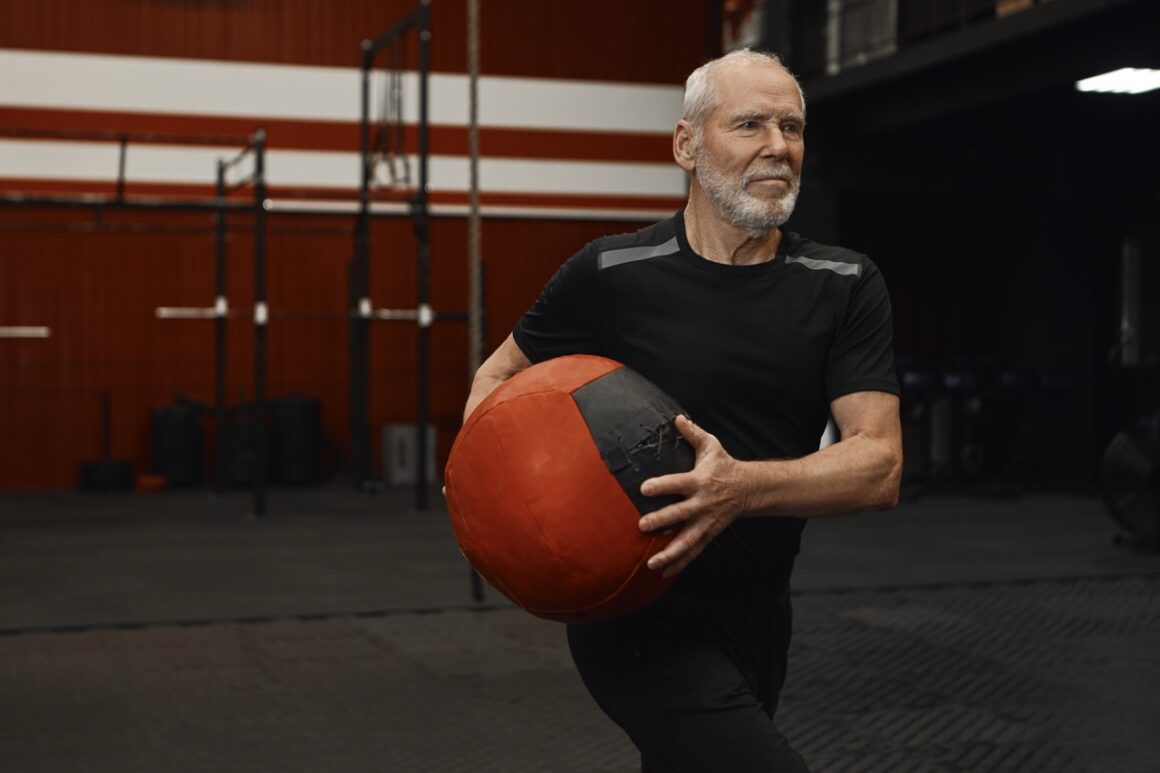
 Lift heavy. Low reps. Progressive overload.
Lift heavy. Low reps. Progressive overload.